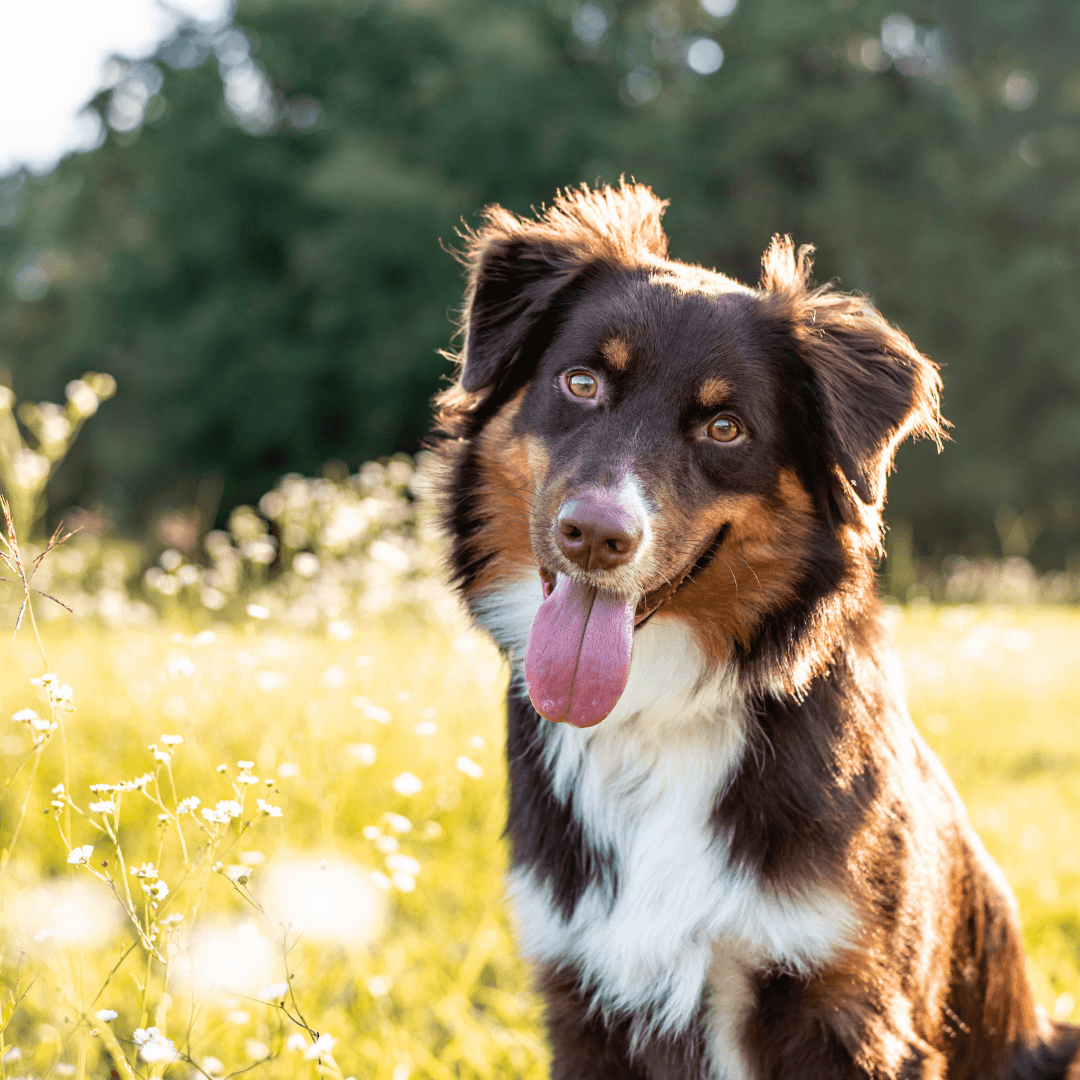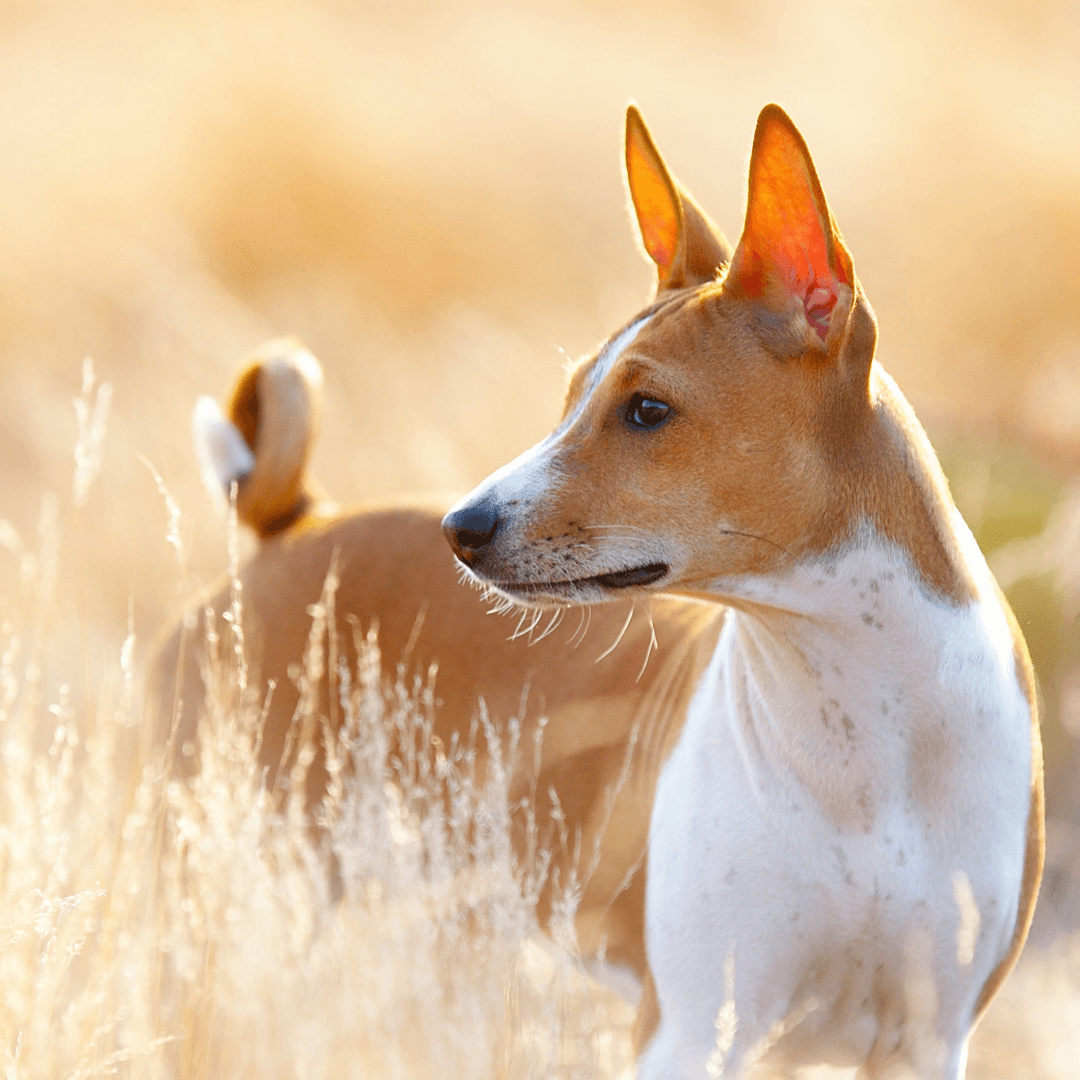Flatcoated Retriever Guide
The Flatcoated Retriever, often referred to as "Flatcoat", is a breed known for its boundless enthusiasm, friendly attitude and exceptional retrieving abilities. In this article, you can learn everything you need to know about the Flatcoated retriever breed, such as its history, characteristics and what makes it a great addition to almost any family.
History and origins
The Flatcoated retriever comes from Great Britain and has its origins in the middle of the 19th century. The breed is a result of crossing St. John's Dog (an ancestor of the Labrador Retriever) and other various hunting breeds, including the Newfoundland, Irish Setter, and Collie. The result was a versatile gun dog that was adept at retrieving game from both land and water.
Physical traits
Flatcoated retrievers are medium to large dogs with a distinctive and elegant appearance. Here is a list of some of their most important physical characteristics:
Fur: The name of the breed says it all; Flatcoated retrievers have a sleek, glossy coat that is either black or brown. It is dense, water-repellent and requires regular care to maintain its shine.
Size: Adult males are generally 58-62 cm in height at the withers and weigh around 27-36 kg. The bitches are slightly smaller, with a height at the withers of around 56-58 cm and a weight of 23-32 kg.
Body: These dogs have a well-balanced, athletic body with a straight back, strong legs and a straight tail.
Head: The Flatcoat's head is elegant and clean with a medium-length, well-proportioned muzzle, expressive dark eyes and pendulous ears that hang close to the head.
Mentality and temperament
The breed is known for its friendly and outgoing nature. They are often described as "forever young" due to their bubbly personalities. Here's what you can expect from their temperament:
Playful: These dogs have a penchant for play and enjoy participating in games and activities with their owners, making them wonderful family dogs. Read more about how you can play with your dog here.
Intelligent: Flat-Coats are exceptionally intelligent and learn quickly, making them well suited for training. They excel in obedience and agility competitions.
Social: They are known to be social and tend to get along well with other dogs and people, making them a great choice for multi-pet households.
Eager to Please: Eager to please their owners, this breed thrives on positive reinforcement, making training a rewarding experience for both dog and owner.
Training and needs
Flatcoated retrievers are an active breed that require a lot of exercise to stay happy and healthy. Daily walks, playtime in the yard and interactive activities are essential to meet their energy needs. Mental stimulation is just as important, as they love to solve puzzles and learn new tricks. A tip is to use an activation toy such as this one.
Training is essential to ensure they channel their intelligence into positive behavior. Obedience training, socialization and consistency are key components of a well-behaved Flatcoated Retriever.
Health
Like all breeds, Flatcoated retrievers are prone to certain health problems, which are as follows:
Cancer: This one has a higher risk of cancer, so regular vet checks are essential.
Hip Dysplasia: X-rays and hip evaluations can help identify and manage hip dysplasia, a common condition in many larger breeds.
Ear Infections: Their droopy ears can trap moisture, leading to ear infections if not properly cleaned and dried.
A dog breed for you?
The Flat Coated Retriever is a versatile and charming breed known for its friendly nature, intelligence and unwavering enthusiasm. They are excellent companions for active families and individuals who want to invest in exercise and training. With its striking looks and endearing personality, it's no wonder the Flatcoat is a beloved member of countless households worldwide. So if you are looking for a loyal and playful four-legged friend, the Flatcoated retriever could be the perfect choice for you!






